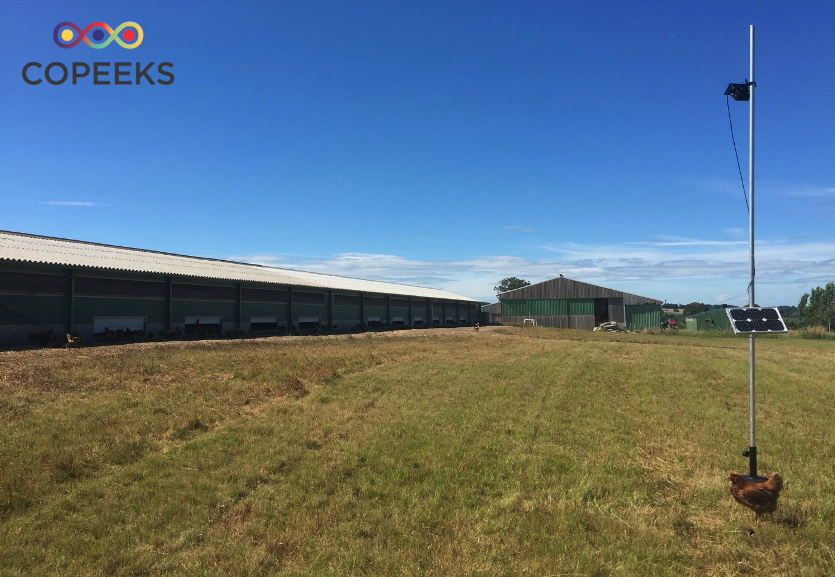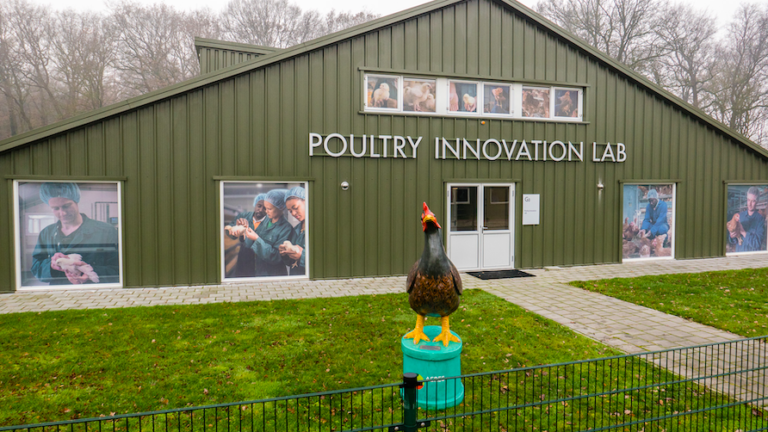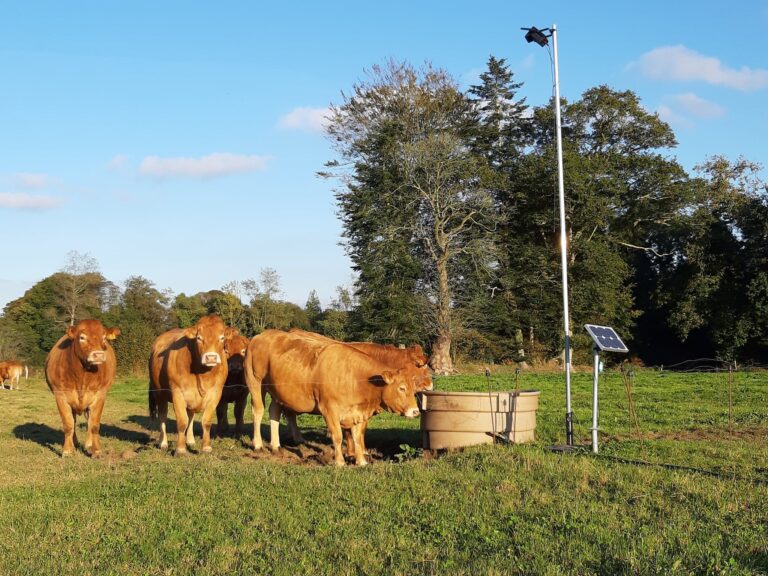In recent years, consumer expectations have evolved to the benefit, in particular, of animal welfare. Specifications stipulating the presence of open fields in poultry farms have been established. This is why an optimized free-range farm is going to be an integral part of the farming system and may be at the origin of many social, environmental and economic services.
In order to provide these services, the pasture must be frequented by the birds! According to scientific articles, the occupancy rate varies between 15 and 69%! To maximize this rate, the pasture must be adapted, and the animals must feel safe there.
Here are the possibilities offered by the Peek box on pastured birds :
- Monitoring of occupancy rates in the different areas of the pasture. Three zones are defined according to their distance from the traps:
- The exit space of the traps: from the building to 10-15 meters.
- The intermediate space: extends beyond the first zone by 40 meters.
- The space at the bottom of the pasture.
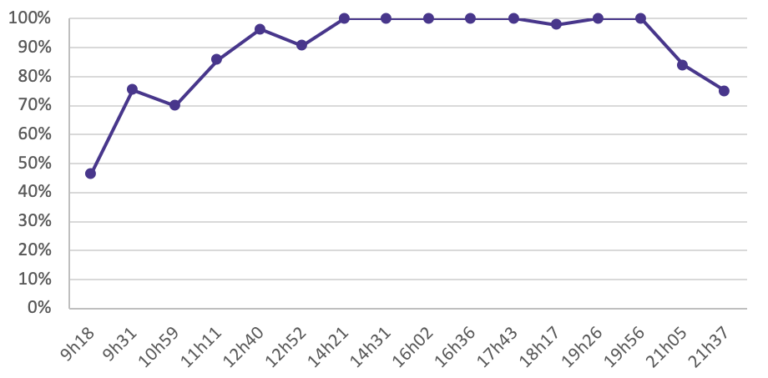
Note : The occupancy rates of different zones are calculated from the total number of animals in the image.
- The level of activity of the animals. One study showed that poultry move mainly in the early morning and late afternoon. In the middle of the day, resting and dust-bathing behaviours are mainly observed, reflecting a low level of activity.
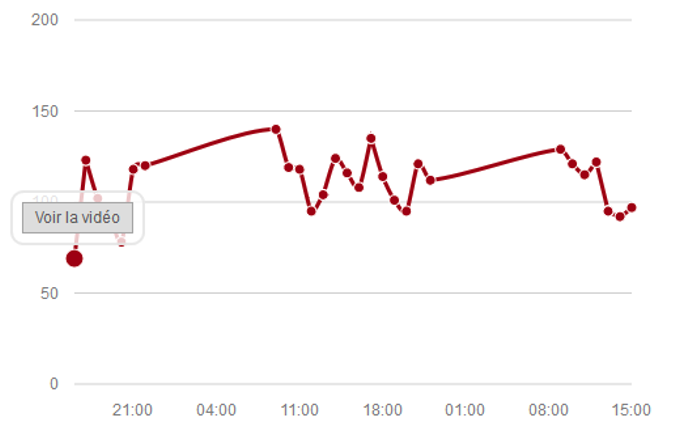
- Temperature and humidity. Poultry are sensitive to variations in these parameters. Their evolution can be put in parallel with the observation of certain behaviours. For example, if it is too hot, the birds will prefer to stay in the building or in shaded areas.
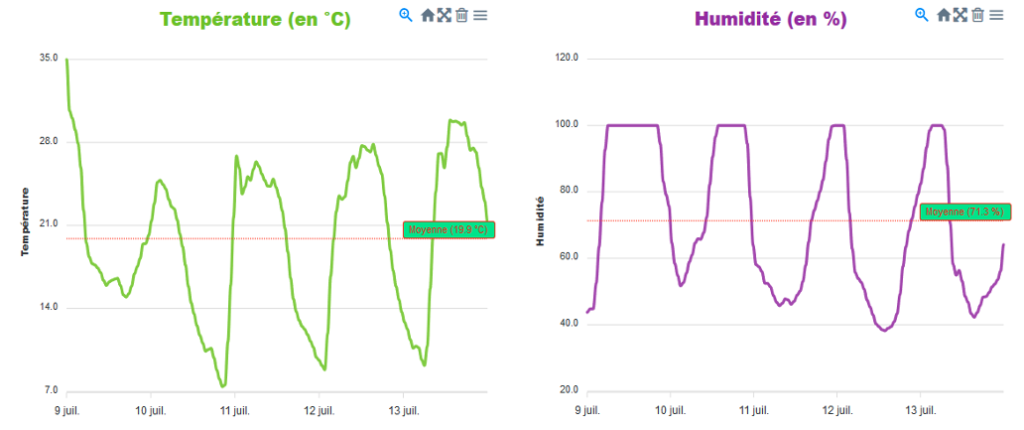
Thanks to the data collected, the farmer can adapt his pasture to facilitate its use by the poultry.
The list of parameters and indicators presented is not exhaustive. To receive further information, do not hesitate to contact us.
